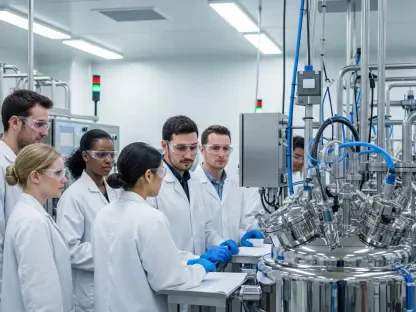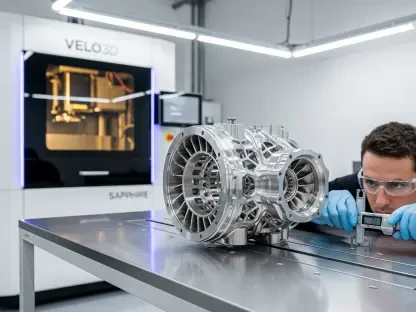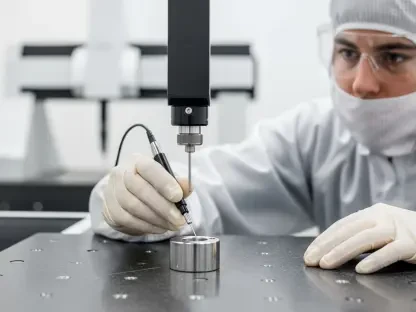In today’s fast-paced tissue industry, leveraging digital solutions to transform the vast amounts of data generated by tissue mills into actionable insights is imperative. Production chains need optimization rapidly to stay competitive in an increasingly crowded market. Every second counts and efficiency is more critical than ever.
Maximizing Data Value in Tissue Industries
How can tissue industries extract the greatest value from the data they generate? In the fiercely competitive market landscape, the efficiency of production chains is crucial. Digital solutions like Manufacturing Execution Systems (MES) and Enterprise Resource Planning (ERP) systems offer an essential advantage by transforming raw data into meaningful insights.
A study conducted with global tissue industry CEOs highlighted two vital success factors: implementing MES and effectively managing people. These systems provide a bedrock for optimizing operations and enhancing workforce efficiency.
Digital Solutions’ Role in Tissue Manufacturing
Why are MES and ERP systems essential in the tissue industry? The integration of these digital solutions is critical for achieving operational efficiency and effective workforce management. Digital transformation has real-world implications, where manufacturing efficiency can be significantly enhanced by seamless information flow.
Having a Digital Backbone facilitates this transformation by connecting data, systems, processes, and people. Case studies have demonstrated substantial improvements in tissue manufacturing after adopting digital solutions, showcasing both efficiency gains and better job satisfaction among the workforce.
Benefits of a Robust Digital Backbone
What does building a robust Digital Backbone entail? The essence lies in the integration of data, systems, processes, and people, enabling seamless information flow across all organizational boundaries. This structure ensures the right data reaches the right person at the right time.
Successful implementations of a Digital Backbone in the tissue industry have shown notable benefits. Organizations reported increased production efficiency, enhanced material tracking, and improved sustainability metrics, thereby driving overall performance.
Essential Components and Benefits of MES
Which MES modules are essential for achieving efficiency? Key modules include Production Planning, Execution & Quality, Recipes & Costing, and Data Integration. These elements simplify operations by reducing setup times, minimizing human error, and optimizing stock management.
Statistics reveal that implementing MES can boost Overall Equipment Effectiveness (OEE) by 2%, enhance customer service by 20%, and improve forecast accuracy by 35%. Such figures underscore the system’s capacity to substantially elevate operational efficiency.
AI Enhancements in MES
How does AI enhance MES functionality? Artificial Intelligence refines raw data into precise, actionable business information, transforming operations and decision-making processes. AI’s incorporation in MES has been illustrated through improved equipment maintenance, adaptive production planning, and predictive analytics.
Industry experts have noted AI’s potential in revolutionizing MES, making data-driven decisions more reliable and timely. Real-world applications have reported significant advancements in decision-making quality and speed, paving the way for more responsive and agile operations.
Implementing MES and ERP Solutions Effectively
What strategies ensure successful MES and ERP implementation? Effective strategies include a phased rollout, staff training, and leveraging industry-specific solutions like Tietoevry’s TIPS for Tissue. These tactics enable smoother transitions and higher adoption rates, translating into tangible business benefits.
Deploying MES and ERP as Software as a Service (SaaS) offers quick deployment and scalability, adapting to specific business requirements seamlessly. The model’s competitive pricing and robust infrastructure ensure high availability and global reach, making it an ideal solution for the tissue industry.
Looking Forward
The tissue industry has undeniably benefited from the integration of MES and ERP solutions, enabling data-driven decision-making and enhanced efficiency. Continuous digital innovation and strategic implementation of these systems remain crucial for maintaining a competitive edge. Investing in robust digital infrastructures and leveraging AI effectively are key steps toward sustained growth and operational excellence.









